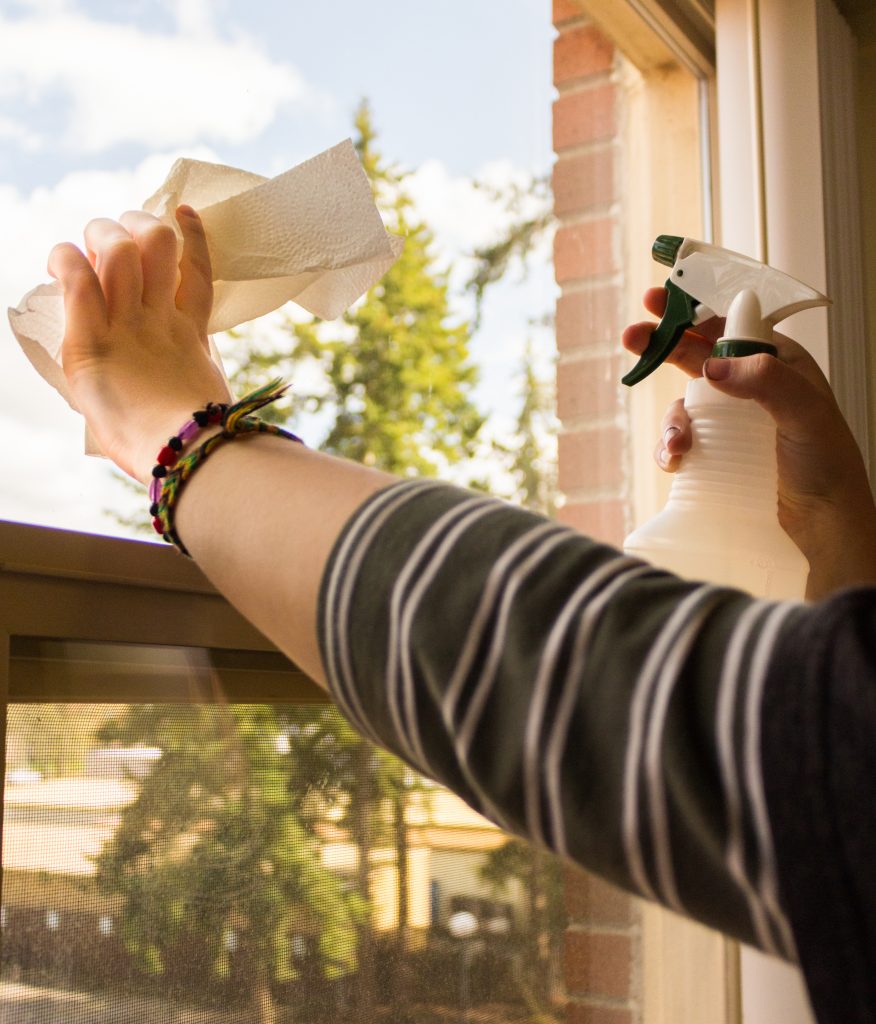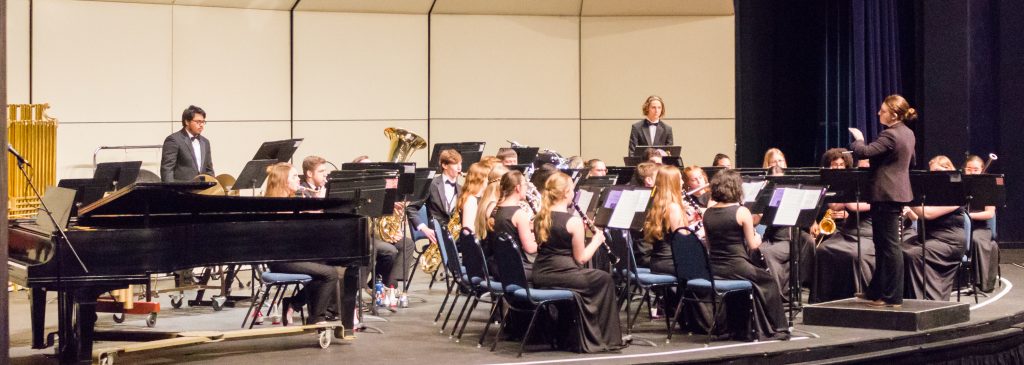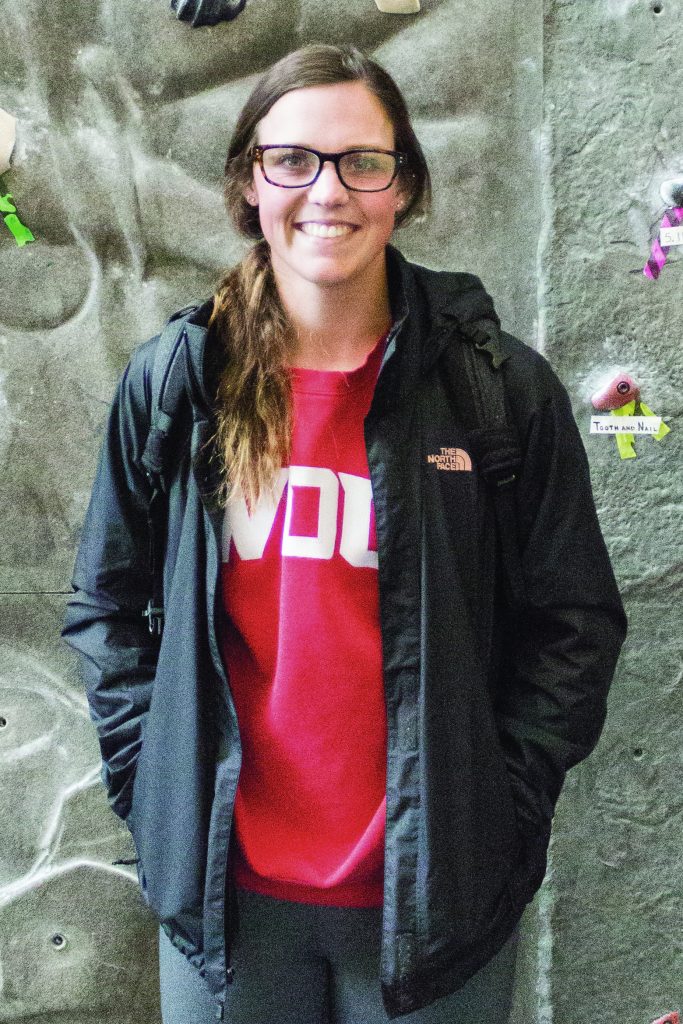
Rebecca Meyers | Lifestyle editor
They’re colorful, delicious and everywhere during the sunny months. Berries are one of the best parts of spring and summer, and one of the great things about them is that they can be used for so many things besides just being enjoyed by themselves. Here’s a list of just some of the ways to throw them into the mix for when there’s no shortage of berries, but maybe a shortage of ideas.
Snacks:
For something to take on the go, berries can be prepared in a few different ways. They can be dried in the oven and added to a granola mix, which is perfect for taking along to class or on a hike. Left undried, they can also be added to yogurt for a quick and easy parfait for breakfast or a snack. Another easy way to use them when time is short is to throw them in the blender with a bit of juice and ice and make a smoothie.
Desserts:
Berries can be incorporated into almost any dessert. For one that has berries as the central ingredient, there’s popsicles that can be made by freezing juice and berries in molds that can be found in most grocery stores. Additionally, strawberry shortcake is a classic dessert that can satisfy a sweet tooth.They can also be used in homemade ice cream or sprinkled on top of cheesecake.
Other:
A fresh berry-centric fruit salad is incredibly easy, and can be a great addition to a picnic or potluck event. If there happens to be fruit punch at said event, a fun way to keep it cool and beat the heat is to use ice cubes with berries frozen in them. For a different setting, such as a homemade brunch, heating some berries with a bit of water and sugar makes an easy and awesome syrup to go with pancakes or toast.
Contact the author at howllifestyle@wou.edu
Photo courtesy of Rebecca Meyers








